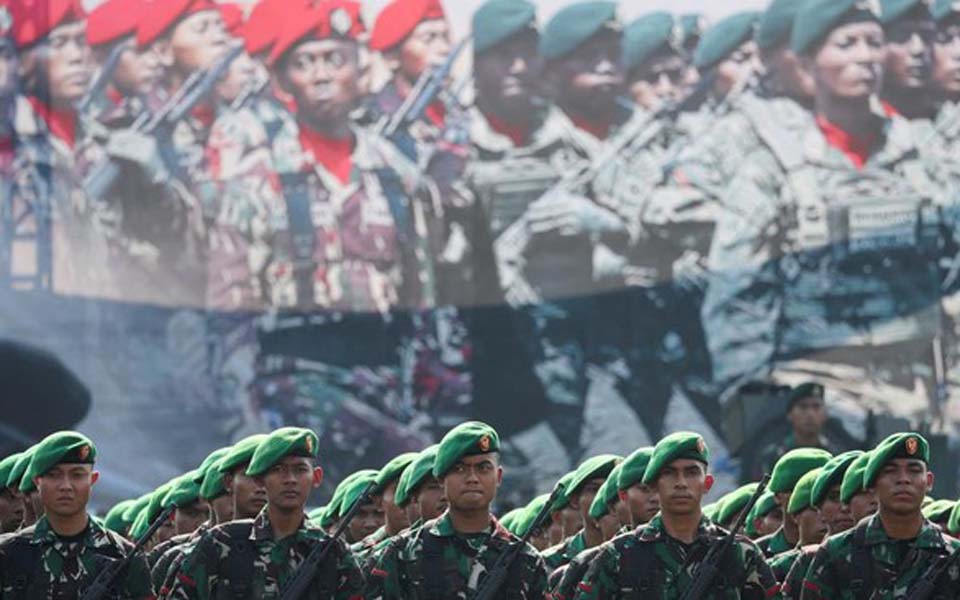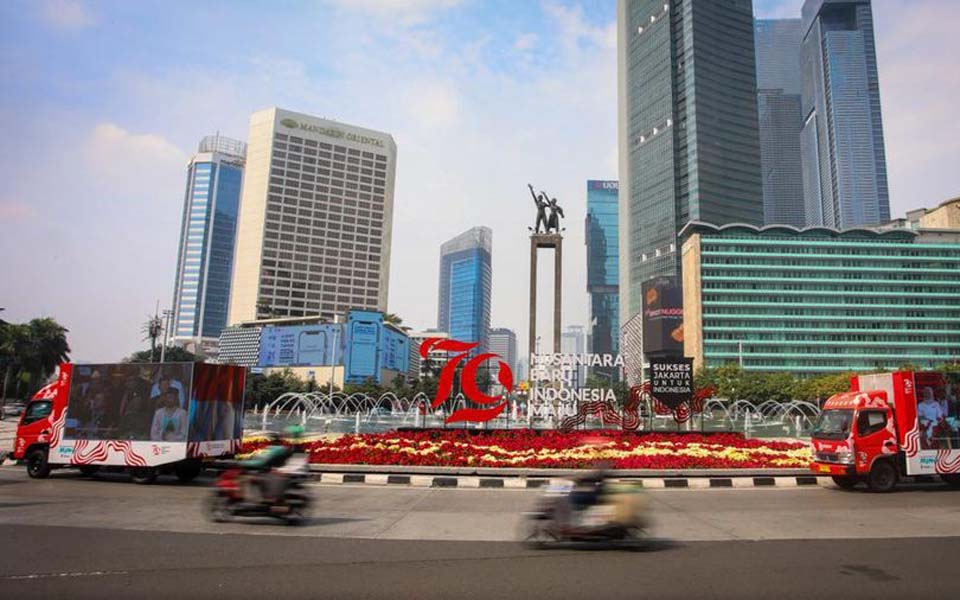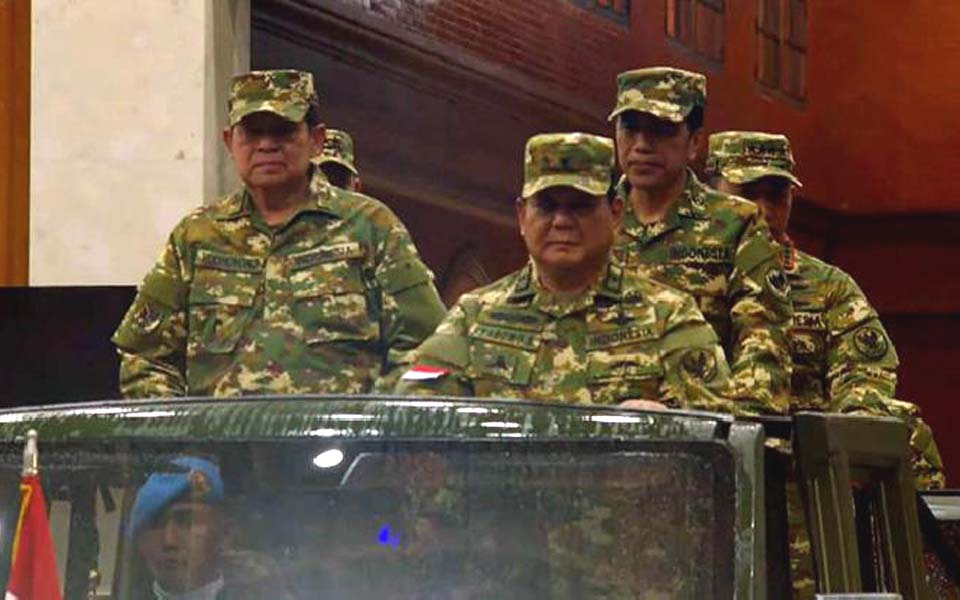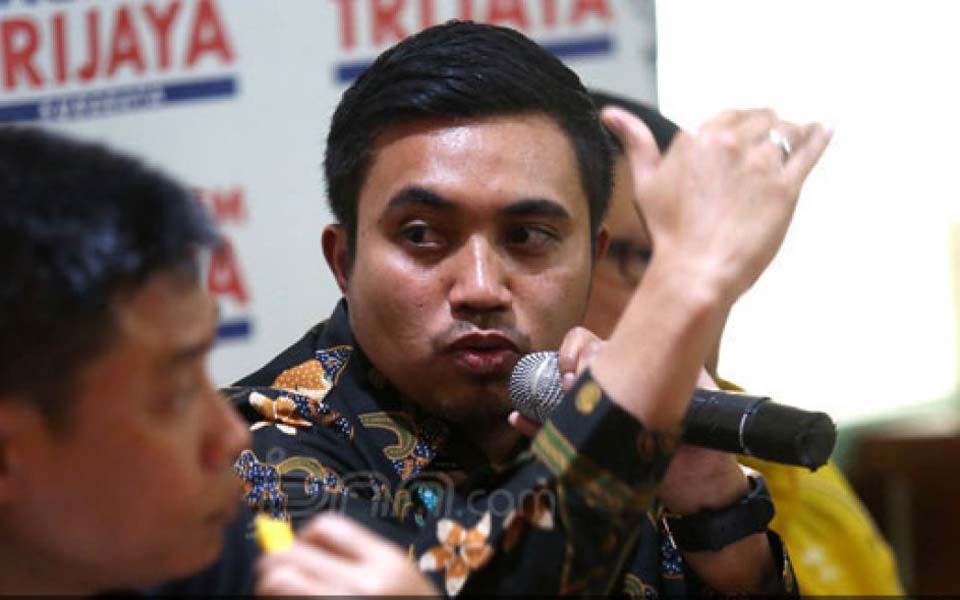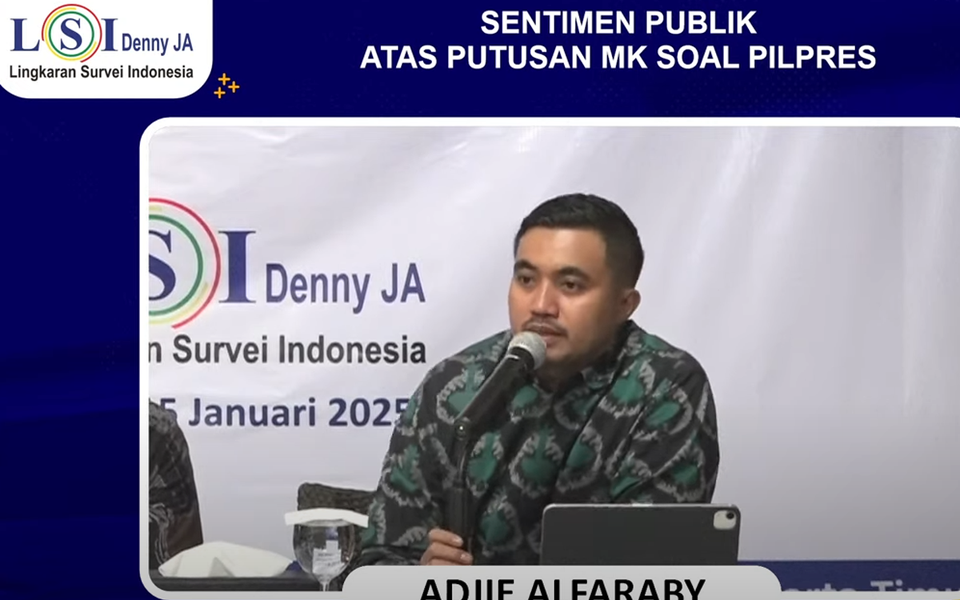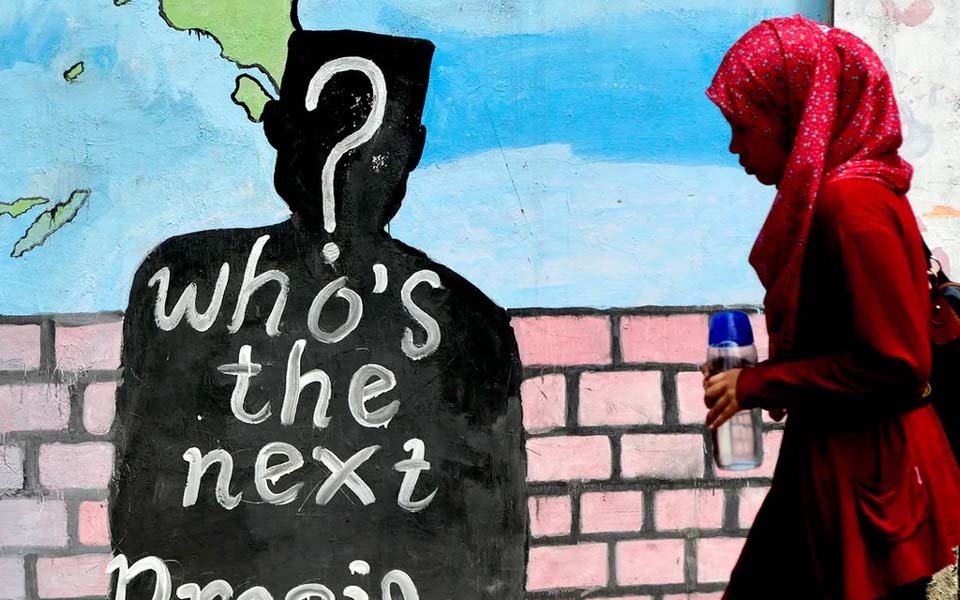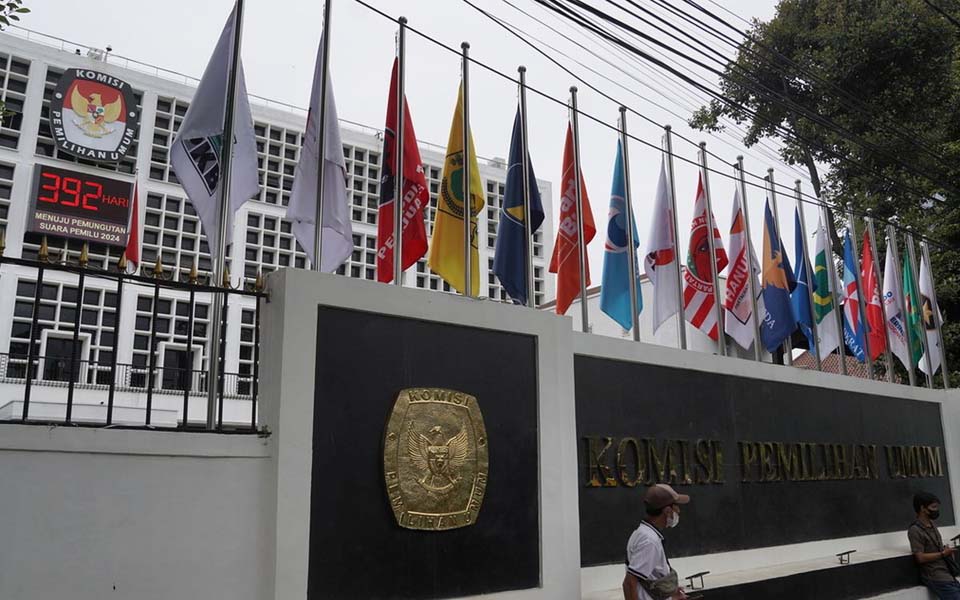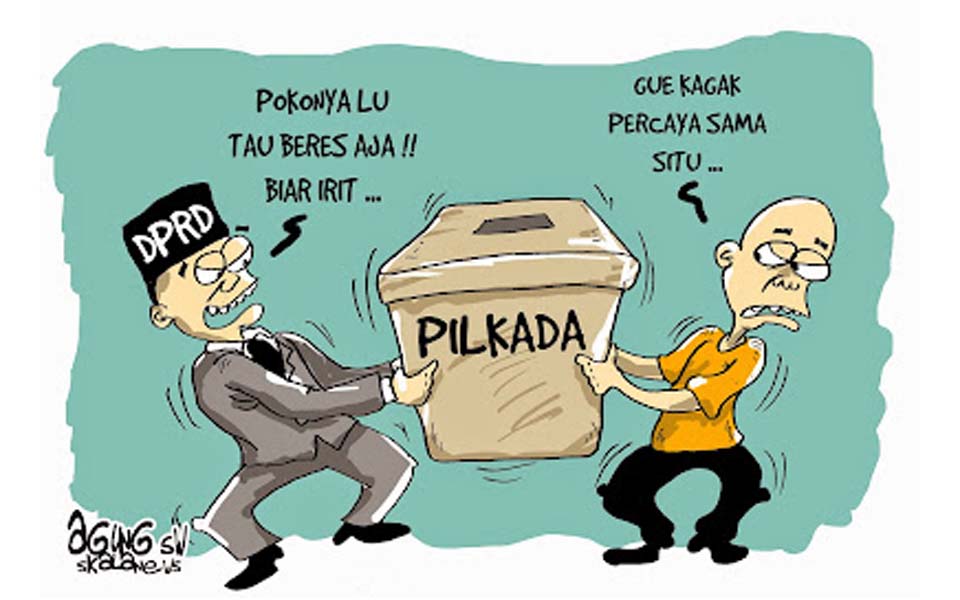Suwardiman – Young voters, particularly first time voters, are a potential vote base that political parties should consider targeting in the 2009 legislative and presidential elections. This group of voters does not yet have any significant political affiliations so there are huge possibilities to for them to be embraced by any of the political parties, including new political parties.
The 17-21 year voter age group are high-school students, university students and young workers. This group clearly has a different characteristic compared with voters who have already experience casting a vote in previous elections.
Based on projections from National Statistics Agency (BPS) population data for 2005, the number of young voters (under the age of 40) will be around 95.7 million in 2009. This total is equivalent to 61.5 percent of the 189 million people of voting age.
Among the population of young people, most (22.3 percent) are those who will be in the 22-29 age group next year. They represent a population group that has only experienced casting a vote once or twice in previous elections.
Quite significant
The number of people in the population group of first time voters meanwhile is quite large. First time voters are those who will vote for the first time in the 2009 elections. The potential vote of this group is as much as 36 million or equivalent to 19 percent out of the total voting population.
It is this potential youth vote that should be taken into account by political parties. The results of a Kompas survey last week indicate that the enthusiasm among respondents in the under-40 age group is higher that more experienced age groups. As many as 67.08 percent of respondents under the age of 40 stated that they will cast a vote for one of the political parties contesting the elections. Only 7.66 percent responded to the contrary.
For respondents in the 41 year and above age group meanwhile, as many as 59.15 percent stated that they would vote for one of the parties and 11.59 percent have decided not to vote for any of the parties. This enthusiasm among young voters could become a basis for the political parties to formulate a strategy to target younger voters who represent a majority of eligible voters.
Likewise also, respondents who are first time voters are more open to the appearance of new political parties. The openness of members of the public in the 17-22 year age group is apparent if seen from their interest in voting for new political parties. As many as 46.23 percent in this age group stated that they were interested in voting for a new political party.
Participation level
The history of organizing elections in Indonesia indicates the fact that a decline has occurred in the participation level of voters. During the period of the late President Suharto’s the New Order regime, voter participation levels were consistently above 90 percent.
Political participation under the Suharto administration however is considered to be illusionary. A number of factors have shaped this view such as political repression and the mobilization of very powerful capital during the election periods over the 32 years of the New Order administration. Electoral participation under the New Order however, did indeed also have a tendency to decline with each election, but this decline was not very significant.
Indeed, during the first election held in the era of reformasi, voter enthusiasm was still high, with more than 92.7 percent of voters recorded as using their right to vote. This may well be a part of the political shakeup that brought with it dreams of reform in this nation.
In the first elections organised under a direct electoral system in 2004 however, the level of participation dropped dramatically. The number of voters who used their right to vote dropped by as much as 15.9 percent.
In concert with the legislative elections, which were followed by the first and second rounds of the presidential elections, there was also a decline in the participation levels of voters. In the first round of the presidential election, as many as 21.8 percent of voters did not use their right to vote. This total jumped again to 23.4 percent in the second round of the presidential elections.
The election of regional heads (pilkada) has also indicated the phenomena of a decline in the public’s enthusiasm to use their right to vote. Out of the 25 gubernatorial elections organised over a period three years under the regime of direct regional elections, for example, in at least 13 elections less than 70 percent of voters registered to vote.
In the most recently organised regional election– the East Java gubernatorial elections – only 54.32 percent of voters took part. Yet voter participation levels in the first round, which recorded the number of registered voters as 29 million people, had already been categorised as low. In the first round, which was enlivened by five candidate tickets, only as many as 61.63 percent of voters were recorded to have cast a vote.
In other regions the situation has been similar. In the East Java gubernatorial elections, the voter participation level was recorded at 58.6 percent. As it happens, in West Java the voter participation level was 67.31 percent.
A number of studies have demonstrated that the youth group vote, particularly in urban areas, is proportionally the largest group that is most likely to contribute to golput (white movement, to no mark the ballot or abstain from voting). This group is dominated by the middle class, high school and university students.
The bottom line of voters’ low interest in casing a vote is the low level of trust and the image of political parties in the eyes of the public. In the midst of the ever growing number of media exposes disclosing all sorts of legal and corruption cases involving members of the House of Representatives, has promoted the growth in the publics poor perception of the political elite. Yet, they represent the political party elite that were directly elected by the people.
In this survey that succeeded in netting 811 telephone owners, 60.4 percent of respondents evaluated the current image of the political parties as being poor. Only 33.78 percent gave a positive assessment of the existing political parties. In relative terms, this kind of public assessment of the political parties as not changed in surveys conducted over the last several few years.
The more rational behaviour of voters has grown in the midst of the spirit of openness that has been developing over the last 10 years. The public is now better able to see the performance of the country’s leaders and political parties. Through various media sources that are far more open and easy to access at the moment, the public is able to make an assessment of the elites and the political parties that are fighting it out in political contests.
This increase in the critical outlook of the public has impacted on the behaviour of voters who are more rational in determining their choices. Voting patterns such as this are most dominant among the youth vote group. (Kompas Research and Development)
[Translated by James Balowski.]






